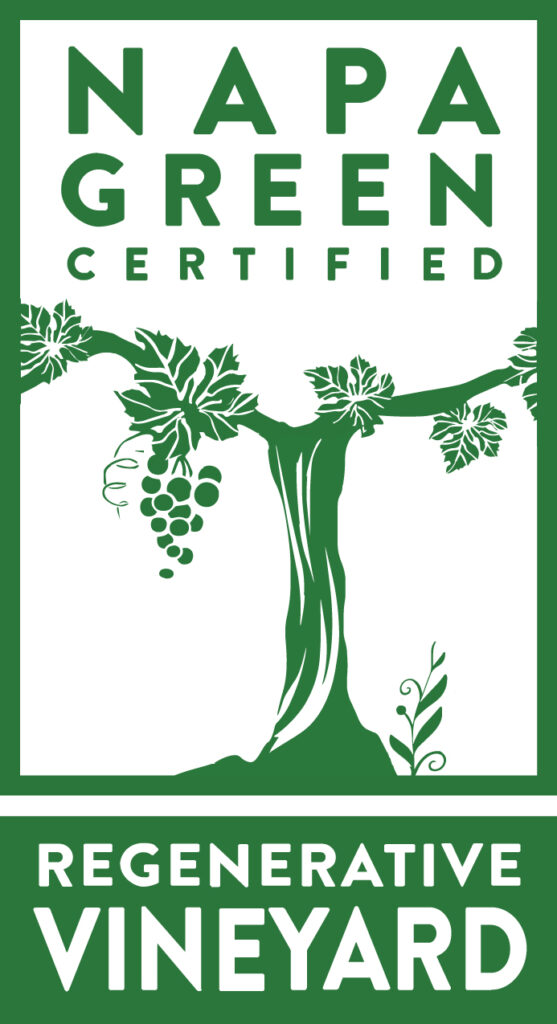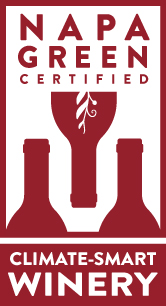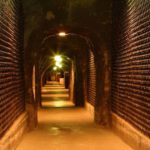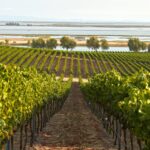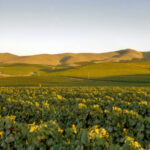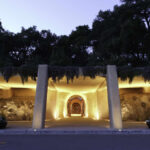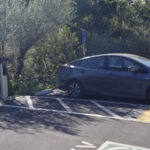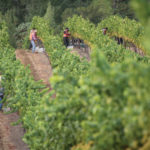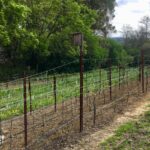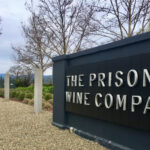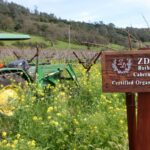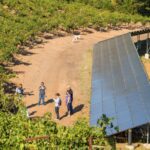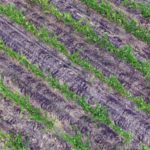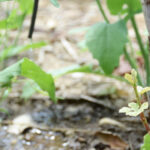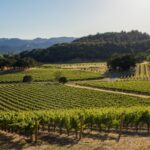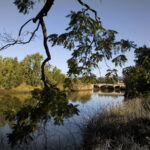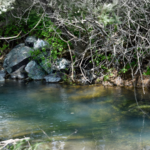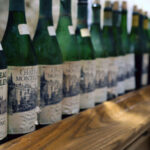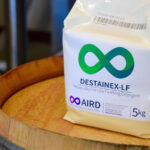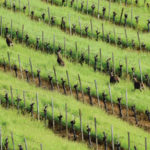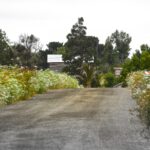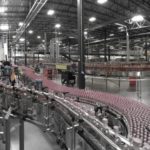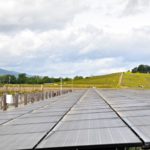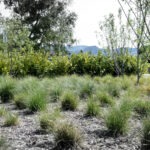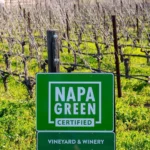A History of Waste Reduction at Trinchero
Do you want to reduce your waste? Ted Wells, environmental compliance and engineering manager for Trinchero Family Estates, recommends:
- Understand and inventory the amount and types of by-product you generated during each step of your production process. Start with inputs/supplies and end with the outputs/product.
- Work with your suppliers to minimize packaging and waste from purchased materials. Ask suppliers to own and take back containers.
- Can waste in one area can be an asset in another, like pomace and Diatomaceous Earth.
- Evaluate the packaging of your finished product. Can you minimize weight and maximize recycled content? Trinchero reduces waste while still meeting the highest quality standards.
-
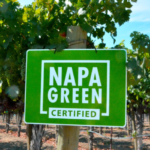 Napa Green | Champion Story
Napa Green | Champion Story
- |
- Waste Prevention
Trinchero Family Estates was recently awarded the premier California Sustainable Winegrowing Leadership Award Green Medal for their company-wide business leadership, recognizing a history of smart resource use going back nearly 70 years. When the Trinchero family purchased the Sutter Home winery in 1948 they began a tradition of recycling that included purchasing, washing and reusing bottles from neighboring wineries. Kevin LeMasters, VP of operations, says, “It was their way of recycling without even thinking about it.” Among its many sustainability innovations, the company’s waste reduction and diversion efforts have been particularly notable. They have achieved 80-90% diversion across their facilities in St. Helena and Lodi.
Trinchero Family Estates has made waste reduction a part of the company-wide DNA, recycling more than 2,000 tons of material – including glass, plastic and paper – each year. Imagine nearly 900 Teslas getting carried to the landfill – that’s the equivalent weight in materials that Trinchero diverts annually. They carefully track waste and diversion at each facility and even hired a solid waste sustainability coordinator to help them zero in on zero waste. LeMasters notes, “Landfills are not an asset – they are a waste of good land.”
A critical aspect of Trinchero’s success is communicating with suppliers about their sustainability commitments and ensuring they will take back and reuse pallets, drums, shipping boxes and packaging. They’ve also identified vendors who recycle industry-specific waste like corks, capsules and containers.
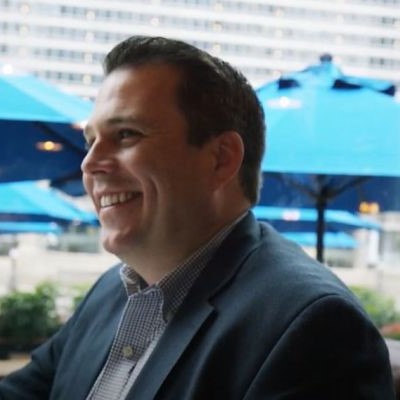
Packaging Innovations
About napa green
Napa Green is a global leader in sustainable winegrowing, setting the highest bar for sustainability and climate action in the wine industry. Napa Green facilitates systematic soil to bottle certification for wineries and vineyards, and provides the resources, tools and connections to continuously level up leadership. In 2021, Napa Green was the first sustainable winegrowing program in the world to redevelop Vineyard certification standards to focus on climate action, regenerative carbon farming, and social equity. In 2022, Napa Green and community partners launched the first of its kind, six-event RISE Climate & Wine Symposium (formerly THRIVES) with over 65 leading speakers and 40 “Sustainable Services & Solutions” partners and sponsors.
more climate smart musings
